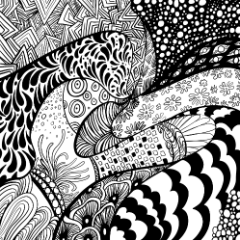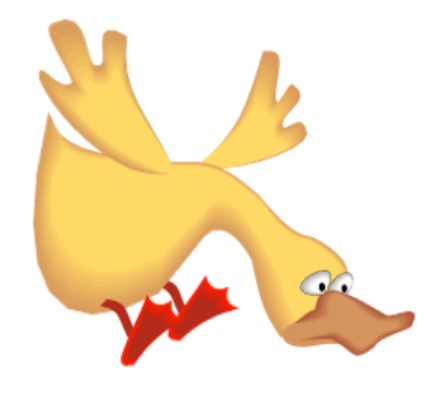Patricia Turner
LEARN Author
K20 Center
Oklahoma Young Scholars/Javits

Students explore the element of line by observing, sketching, and analyzing real-world examples. They begin by sketching lines found in a cog and identifying real-world examples through photography. In class, they analyze their findings, define key terminology, and discuss the artistic significance... Read more »
Visual Arts: Exploring the Elements of Line in Art

Changes in the Earth Over Time: What’s the Evidence?
During this lesson, students are introduced to the significance of fossils in understanding past living organisms, gathering evidence about prehistoric life, and providing valuable insights into the Earth's historical environment and its transformations over time. As students progress through Discovery... Read more »
Changes in the Earth Over Time: What’s the Evidence?

In this lesson, students will begin by discussing their knowledge of circuses and create a circus Anchor Chart. Students will make predictions about the animals they might see in the book "Animals on Board" by Stuart J. Murphy. The class will count and practice representing numbers using counters on... Read more »
Composing and Decomposing Numbers Up to Ten

Using adjectives can make a story bigger, brighter, and more beautiful. The book "If You Were an Adjective” by Michael Dahl will be used as a catalyst to help students examine how exciting a story can be when adjectives are used to describe people, places, and things. Students will learn what adjectives... Read more »

Human Problems Can Be Solved by Mimicking Animal Solutions
In this lesson, students will be given a picture of a polar bear missing some fur. They will also receive a handout with a picture of a cartoon person missing a coat in the snow. Students will be provided with art supplies to give the polar bear some fur and design a coat for the cartoon person so they... Read more »
Human Problems Can Be Solved by Mimicking Animal Solutions

One of the hardest things for students to understand is summarizing a story without giving a play-by-play account of all the details. The “Somebody, Wanted, But, So, Then” strategy is a way to help students figure out the main points of a story. This strategy is often used with fiction, but it works... Read more »

Scoot is a strategy where students move to complete tasks that have been placed at different locations in the room. After spending a specified amount of time at one station, students move to the next task. Read more »

Using Ten Frames to Develop an Understanding of Numbers
In this lesson, students use ten frames to help them develop an understanding of numbers. This lesson starts with a Think and Read story called "Let's Play Soccer." The story is designed to capture students' interest in counting and solving age-appropriate real-world problems. Multiple games using mini... Read more »
Using Ten Frames to Develop an Understanding of Numbers

Using a Growing Pattern to Solve a Problem
Cumulative stories such as "One Duck Stuck" can illustrate mathematical growing patterns. In this lesson, the story shows how the number increases by one as animals come to help rescue the duck from the muck. As the growing pattern is revealed through the story, children get excited because they cannot... Read more »
Using a Growing Pattern to Solve a Problem

This is the second lesson in a series called, "Survival." In an effort to understand animal characteristics and adaptations, this lesson invites students to make observations about a variety of animals, participate in a modified four corners activity, and create a class Anchor Chart. Learning is extended... Read more »
Animal Adaptations